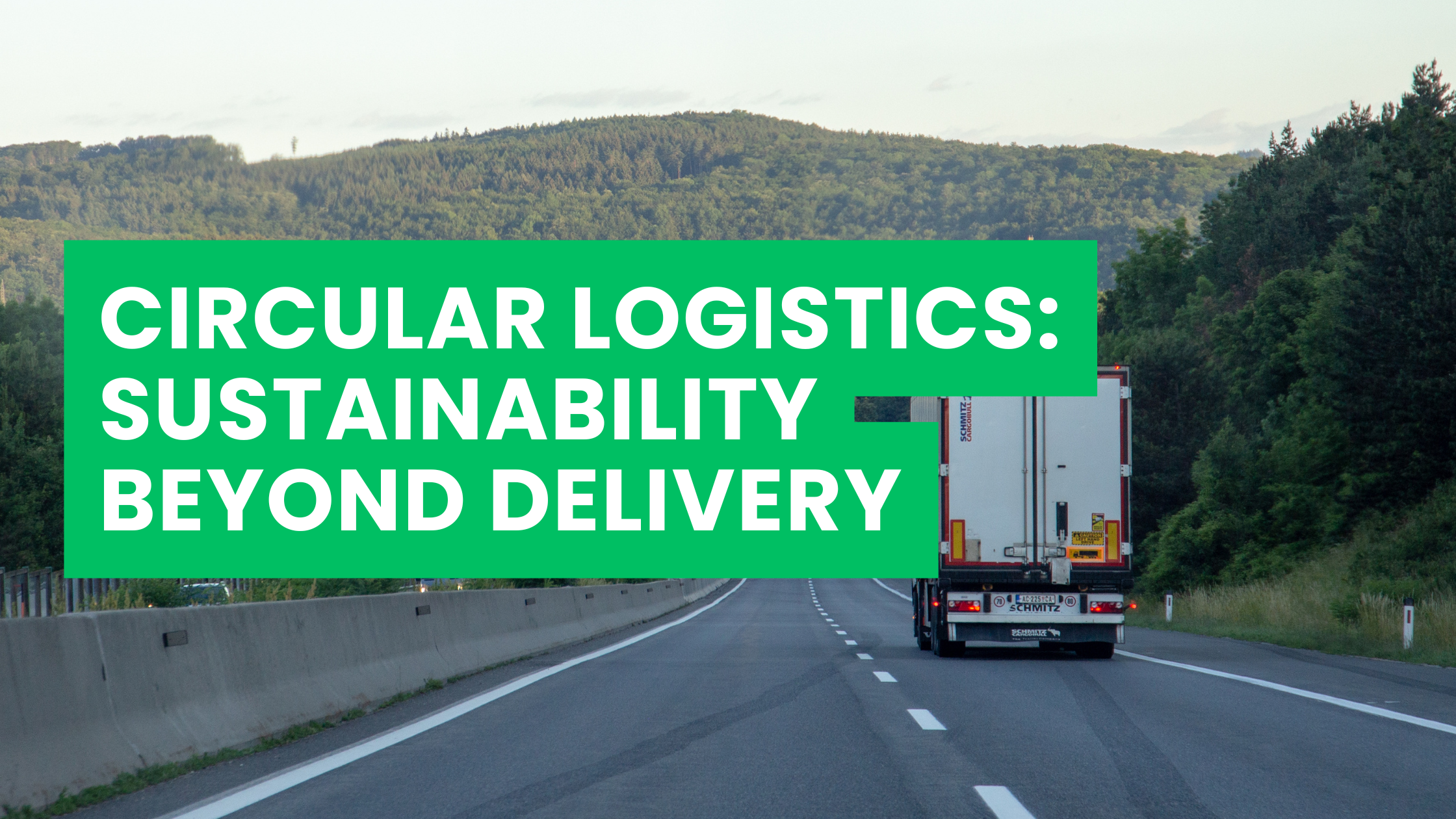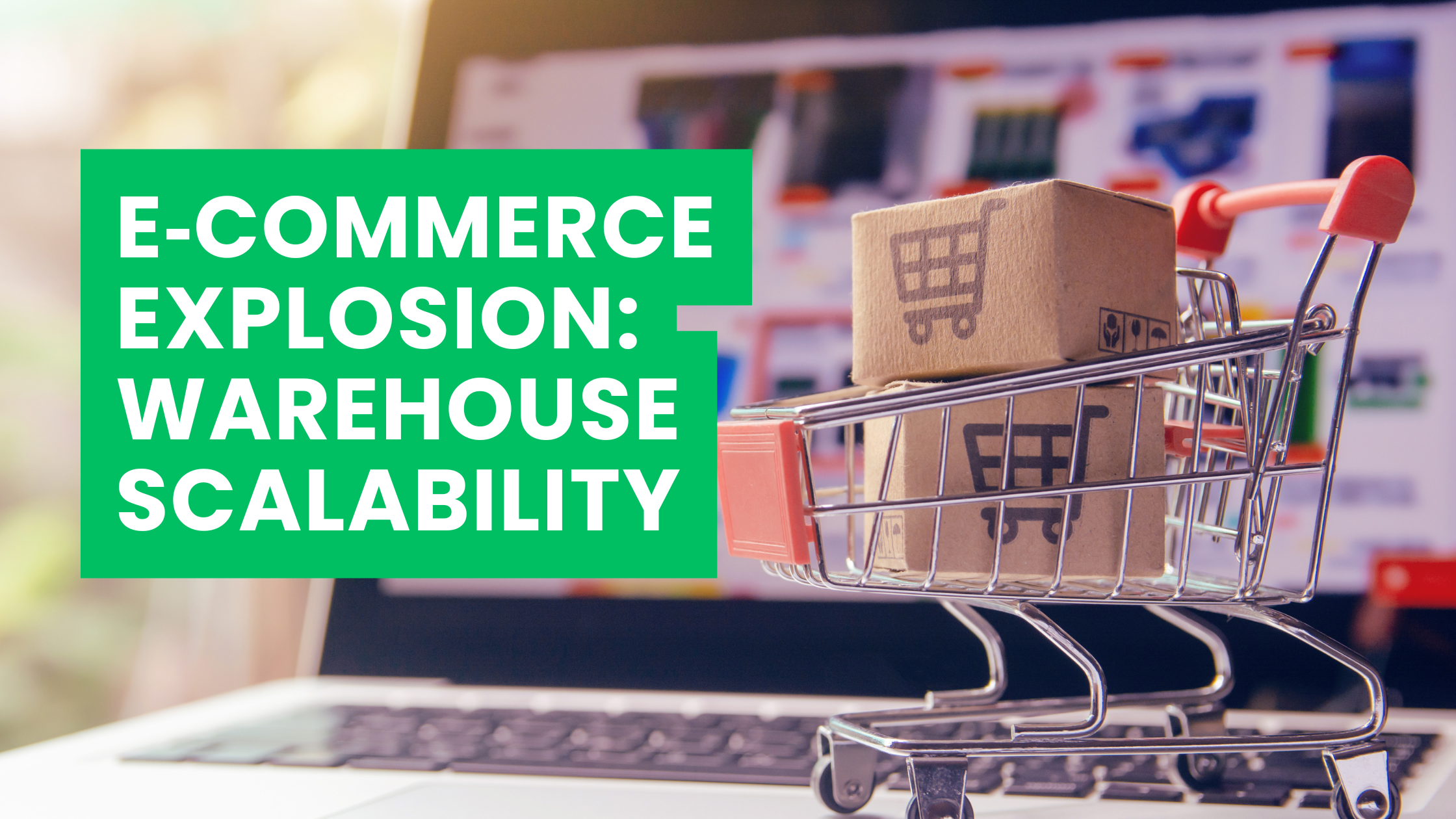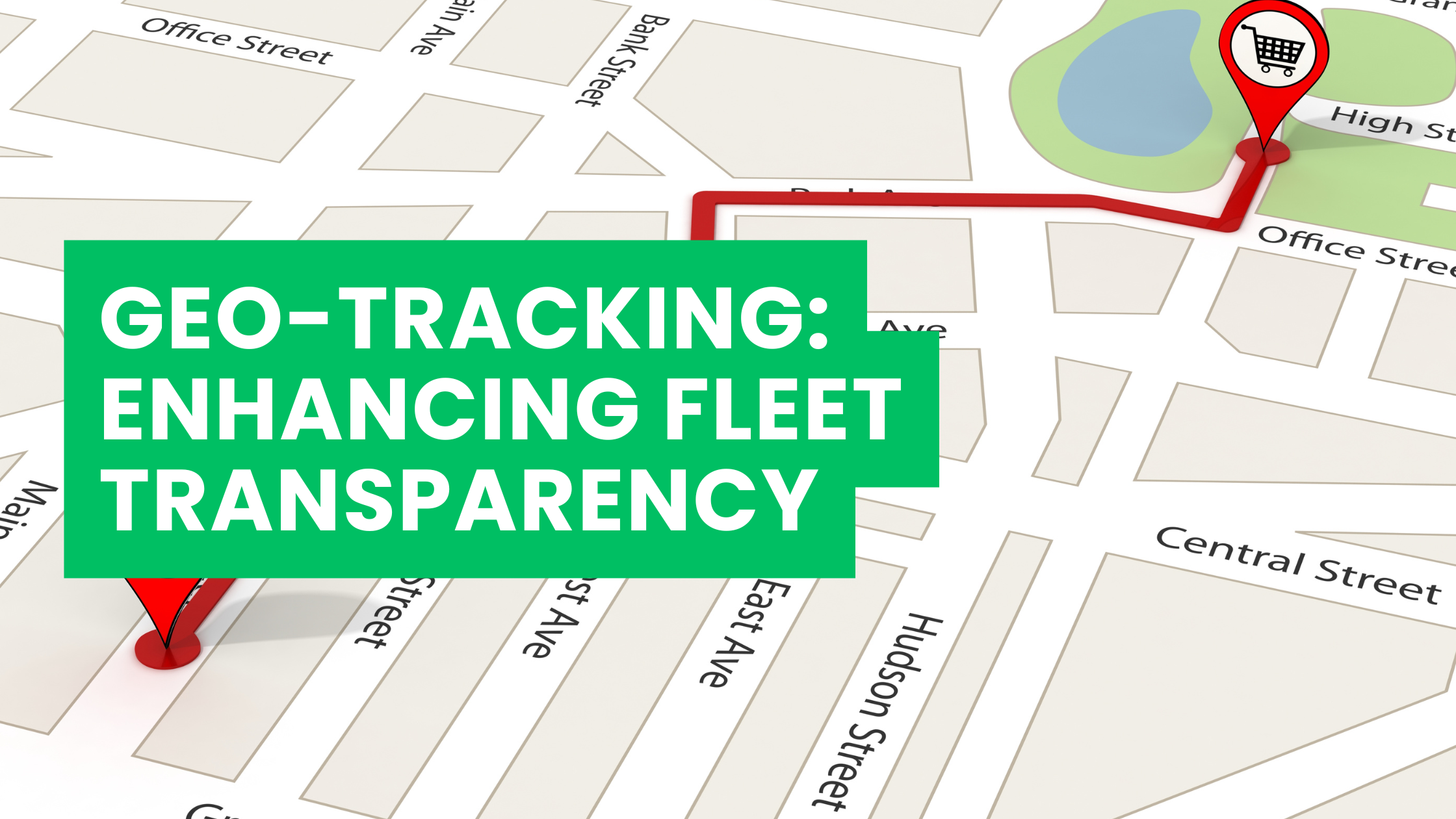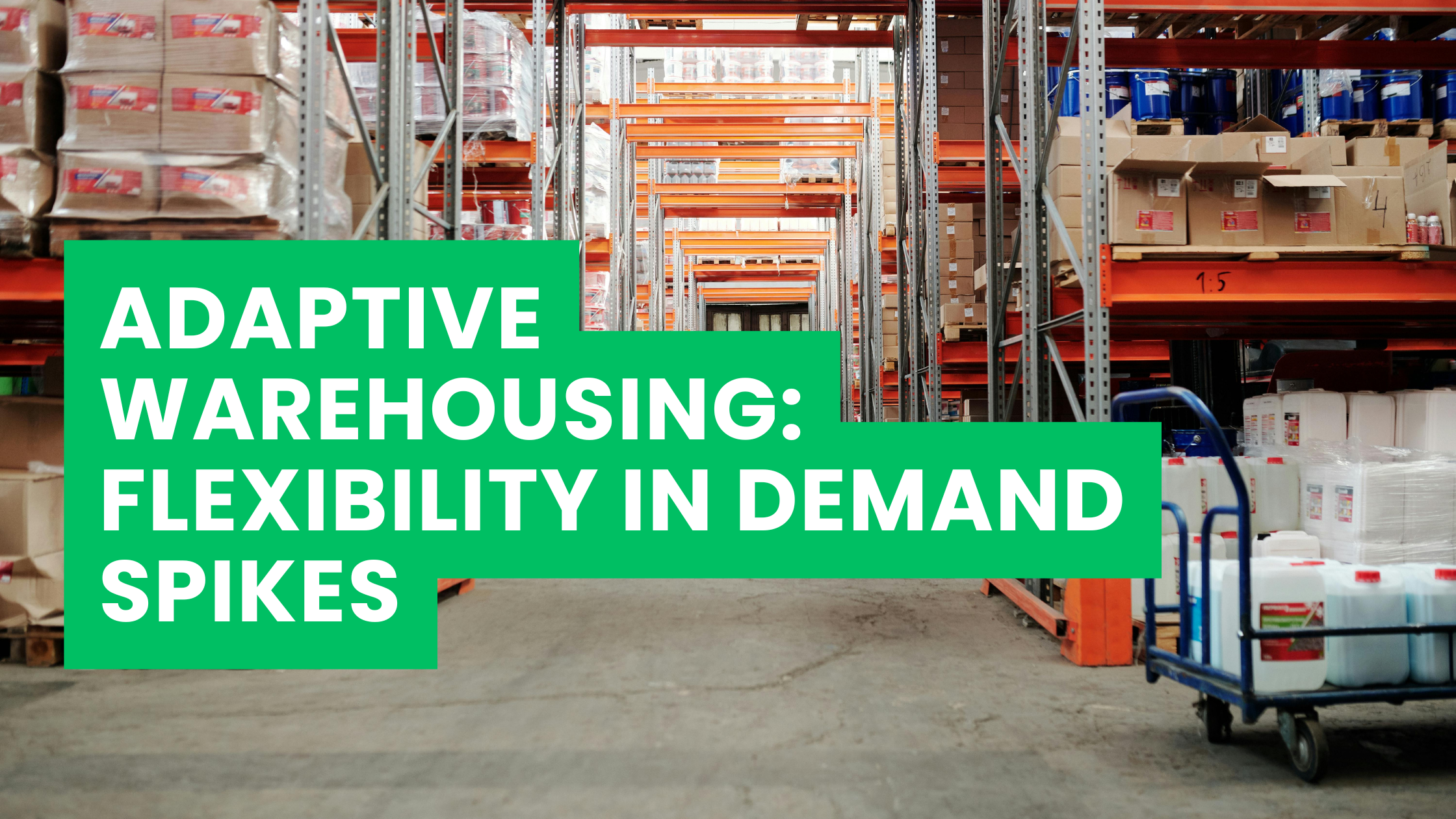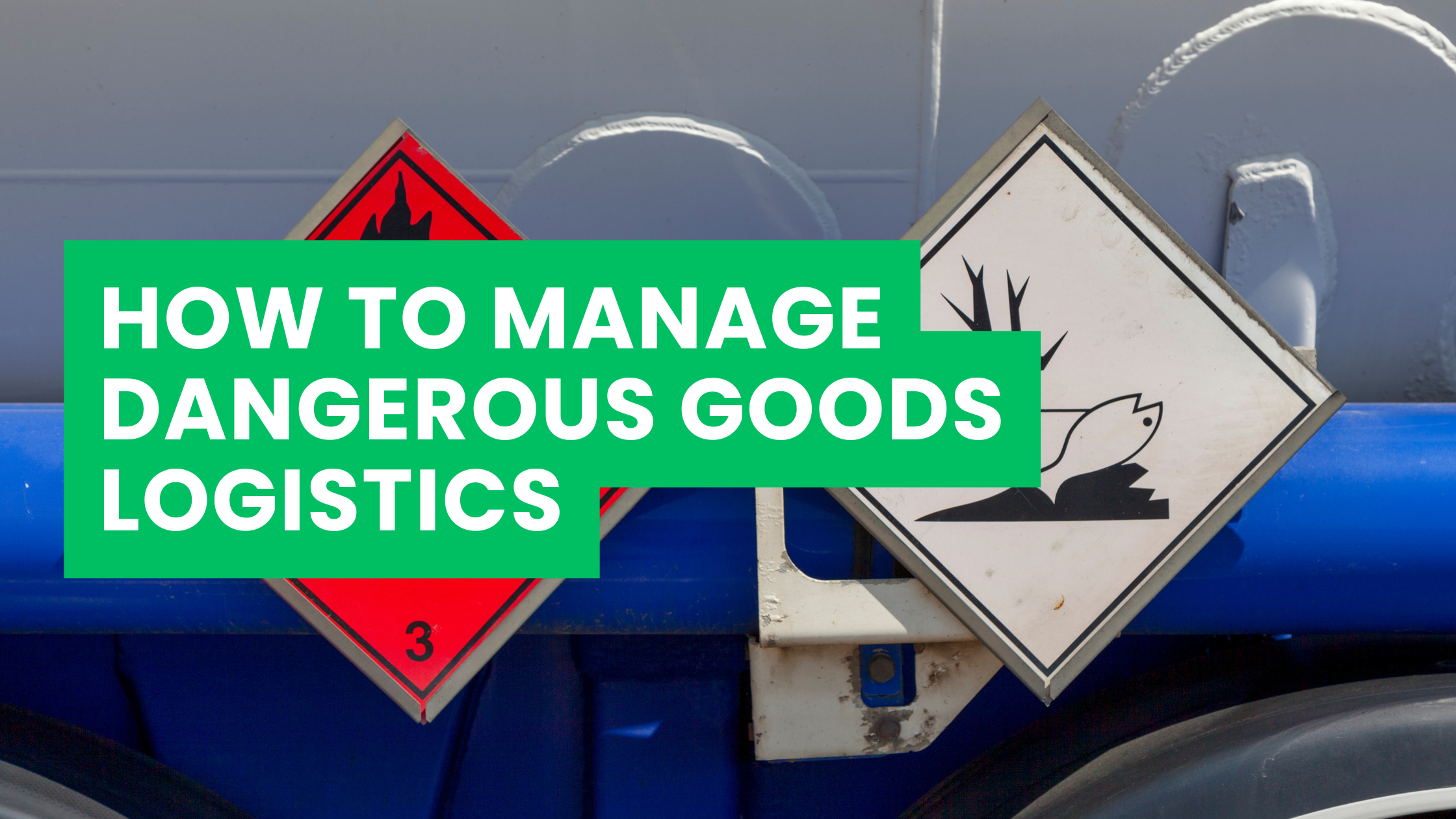Introduction
The global logistics sector is undergoing a transformation that extends well beyond efficiency and speed. Increasingly, companies are being asked not just to deliver goods but to do so responsibly—minimizing waste, maximizing resource efficiency, and embedding sustainability into every step of the supply chain. This is where circular logistics comes in.
Circular logistics is more than a supply chain buzzword. It is the operational backbone of a circular economy, where resources are reused, repaired, and recycled instead of discarded. For logistics providers like ASL International, the adoption of circular strategies is not only an environmental necessity but also a competitive advantage that aligns with customer expectations and global regulations.
This article explores the principles of circular logistics, the business case for adoption, real-world applications, and the future of sustainable supply chains beyond traditional delivery.
1. What is Circular Logistics?
Circular logistics refers to supply chain processes that prioritize reuse, recycling, and resource efficiency instead of the traditional “linear” model of take–make–dispose. It integrates sustainability into logistics by:
- Reducing waste in packaging and transportation.
- Reusing products, parts, and materials through reverse logistics.
- Recycling resources at the end of product lifecycles.
- Designing logistics systems that optimize resource loops instead of single-use flows.
Unlike conventional supply chains focused on moving goods from manufacturers to consumers, circular logistics also includes reverse flows—bringing used goods, packaging, and equipment back for refurbishment, remanufacturing, or recycling.
2. Why Circular Logistics Matters
a. Environmental Responsibility
Logistics accounts for a significant share of global carbon emissions. Circular practices reduce energy use, waste, and raw material consumption, helping companies meet climate goals.
b. Business Advantage
Customers, investors, and regulators are all demanding more sustainable operations. Companies with strong circular logistics strategies:
- Enhance brand reputation.
- Meet compliance standards in stricter markets (EU Green Deal, Extended Producer Responsibility rules, etc.).
- Save costs by reusing assets instead of constantly procuring new ones.
c. Resilience & Risk Reduction
Circular supply chains are less vulnerable to disruptions. By reusing resources and creating closed loops, companies reduce dependency on volatile raw material markets and fragile global trade flows.
3. The Core Principles of Circular Logistics
1. Reverse Logistics
The backbone of circular logistics—managing the return of goods, packaging, or components for repair, resale, or recycling.
2. Closed-Loop Supply Chains
Designing systems where products and packaging don’t end up as waste but are reintegrated into the supply chain.
3. Product-as-a-Service Models
Instead of selling products outright, companies provide them as services (e.g., leased hardware), with logistics ensuring recovery and reuse at the end of each cycle.
4. Green Packaging
Switching to biodegradable, reusable, or modular packaging systems to reduce single-use plastics.
5. Digital Enablement
IoT, blockchain, and AI optimize asset tracking, reverse flows, and recycling networks.
4. Real-World Applications of Circular Logistics
a. E-Commerce Returns
Retailers face massive return volumes, especially in fashion and electronics. Circular logistics enables efficient return collection, refurbishing, and resale instead of landfill disposal.
b. IT & Telecom Equipment
ASL International already supports clients in sourcing and deploying IT hardware globally. Circular logistics adds value by managing end-of-life equipment retrieval, secure data wiping, refurbishment, and environmentally safe disposal.
c. Automotive Sector
Car manufacturers are building reverse logistics networks to recover old parts, recycle metals, and remanufacture components.
d. Packaging Pools
Shared or reusable packaging systems (e.g., standardized pallets, returnable crates) reduce waste and cost.
5. Technology Driving Circular Logistics
- IoT Sensors track reusable assets like containers and pallets.
- Blockchain provides transparency in product lifecycles.
- AI & Machine Learning predict returns and optimize reuse flows.
- Digital Twins simulate resource flows for better planning.
These tools allow logistics firms to move from linear distribution to resource-optimized ecosystems.
6. Barriers to Circular Logistics Adoption
- Infrastructure Gaps: Many regions lack recycling or refurbishment facilities.
- Complex Reverse Flows: Returns are less predictable than forward logistics.
- Cultural Shifts: Businesses and consumers must adopt “reuse first” mindsets.
- Initial Investment: Technology and new systems require upfront capital.
Despite these hurdles, the long-term cost savings, regulatory compliance, and customer loyalty make adoption worthwhile.
7. How ASL International Adds Value in Circular Logistics
ASL International is well positioned to support clients transitioning to sustainable models through:
- Global Reverse Logistics: Managing the safe and compliant return of IT, telecom, and industrial equipment.
- Sustainable Packaging Solutions: Offering returnable packaging and eco-friendly alternatives.
- Compliance Expertise: Navigating e-waste regulations, carbon reporting, and Extended Producer Responsibility frameworks.
- End-to-End Lifecycle Support: From procurement and deployment to recovery and recycling, ASL ensures every product’s journey is managed responsibly.
8. The Future of Circular Logistics
- Policy Push: More governments will enforce take-back schemes and carbon accounting.
- Consumer Power: Eco-conscious buyers will reward companies with circular strategies.
- Innovation Race: Firms that innovate in reverse logistics, asset tracking, and waste elimination will lead the next wave of supply chain transformation.
Circular logistics will no longer be optional—it will be a core requirement for doing business globally.
Conclusion
Circular logistics represents the evolution of supply chain management into a sustainable, closed-loop system where delivery is just the beginning, not the end. For companies like ASL International, embracing circular logistics is both a responsibility and an opportunity: reducing waste, lowering costs, strengthening compliance, and building trust with eco-conscious clients.
In the decade ahead, the companies that thrive will be those that move beyond linear delivery and embrace the full cycle of sustainability.
